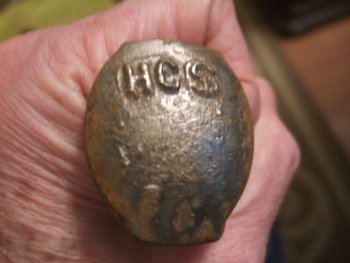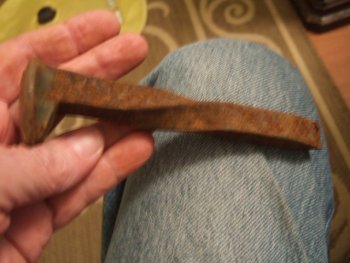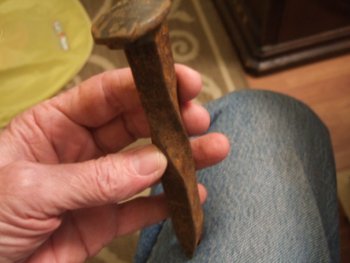bubba-san
Well-Known Member
Ok here is what I have . Met an engineer for Mopac RR and he gave me some spikes , he says they are 1095 High carbon steel ?? The top of spike says HCS . For all I know that could be the Mfg. These are rusted a little but never used . Whats the real skinny on these ... thanks Bubba. Oh by the way the 90 degree twist is like that from factory , I have a big box of them all twisted .




